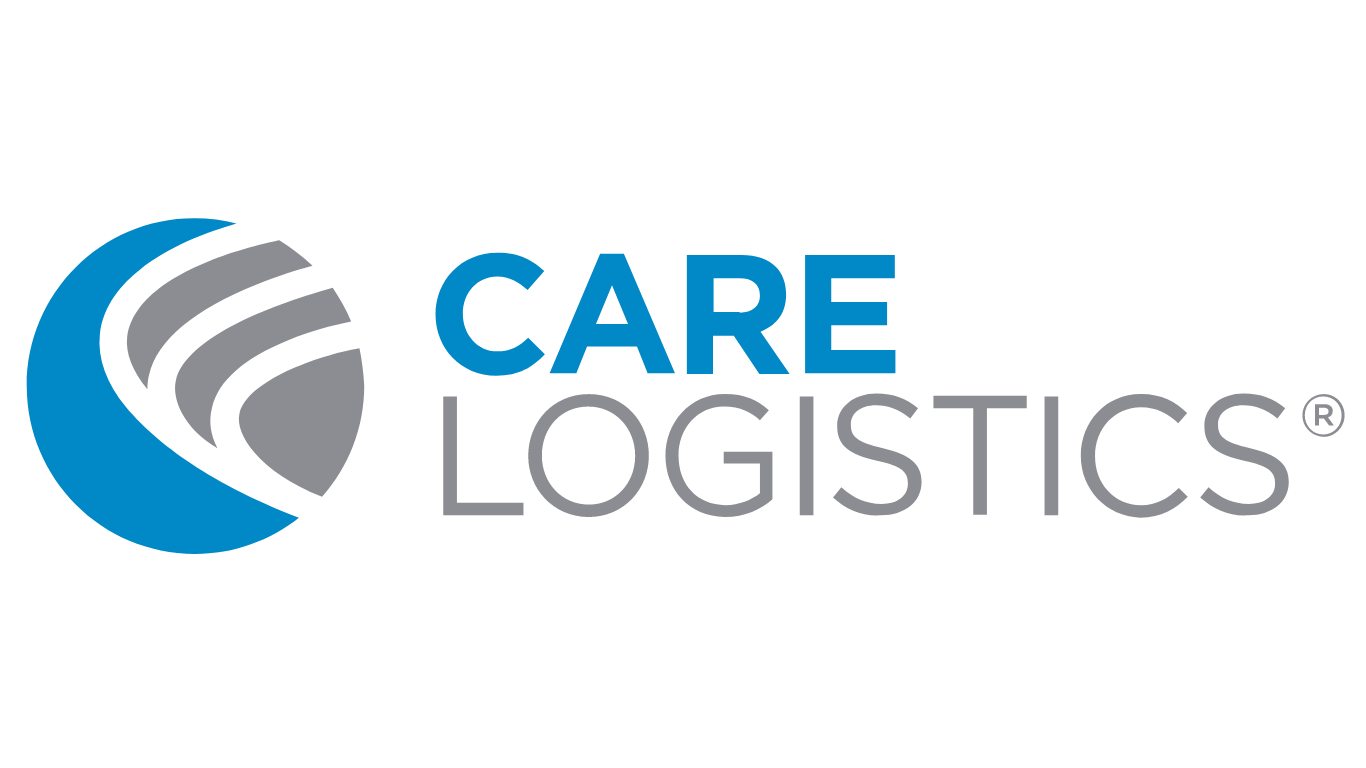Revealing the Limitations of Your EHR for Resource Management and Operational Efficiency
In today's digital era, Electronic Health Record (EHR) technology has revolutionized the healthcare industry, promising streamlined workflows, improved patient care, and enhanced efficiency. The reality, however, is often far from this utopia of efficiency. While EHR systems have become an integral part of modern healthcare organizations, it's essential to address their shortcomings when it comes to improving operational efficiency. To achieve sustainable success, it’s important to understand the challenges that healthcare providers face when relying solely on EHR systems for operational efficiency and explore how integrating purpose-built operational solutions can optimize resource management and financial returns.
Limitations of EHR Systems in Operations Optimization
While EHRs are invaluable for storing and managing patient data, they are not primarily designed to address operational challenges. EHR suites often fall short in terms of operations optimization. The following weaknesses are frequently encountered:
Awkward and Inefficient Resource Management:
EHR systems may claim to help manage resources, but the reality is often quite different. Tasks like scheduling, staff allocation, and the coordination of diagnostics and testing may not be well-handled within the EHR, leading to inefficiencies and potential bottlenecks for patients and clinical staff alike.
Lack of Focused Operations Optimization:
EHRs primarily concentrate on clinical documentation and clinical workflows. Operational solutions are built in as an afterthought and forced into the existing infrastructure, which is tailored for clinical documentation rather than operational excellence. This lack of focus may hinder healthcare providers' efforts to maximize efficiency across the organization.
The Role of Integration in Enhancing EHR Efficiency
To overcome the weaknesses inherent in standalone EHR systems, healthcare organizations must explore the benefits of integrating complementary operational solutions. By doing so, they can better leverage the wealth of data stored in their EHRs and unlock their full potential. Here are some key advantages of integrating operational solutions with EHRs:
Enhanced Visibility: Purpose-built technology such as these complementary operational solutions can provide a holistic view of the organization's operations, making it easier for healthcare leaders to monitor and identify inefficiencies across various departments. This visibility enables timely interventions and optimized decision-making.
Prescriptive Insights: Operational solutions equipped with advanced analytics can transform raw EHR data into prescriptive insights. These insights empower healthcare providers to make data-driven decisions that improve overall efficiency.
Increased Connectivity: Integrating operational solutions with EHRs facilitates seamless communication and information exchange across the organization. This connectivity reduces data silos and ensures that critical information is readily available to all stakeholders.
Maximizing Returns with Integrated Operational Solutions
By combining EHRs with purpose-built operational solutions, health systems can achieve better financial returns. Here's how the integration leads to improved financial outcomes:
Cost Savings: Increased operational efficiency results in fewer wasted resources, lower administrative overhead, and minimal errors. These cost-saving benefits contribute to the organization's bottom line.
Optimized Resource Management: The integration of operational solutions enables effective resource allocation, reducing the chances of underutilization or overburdening of resources. This optimization translates into improved patient care and better utilization of staff and equipment.
Improved Revenue Generation: Streamlined operations, enhanced patient experience, and shorter wait times can lead to increased capacity, fewer instances of unreimbursed patient care, and improved patient retention. Consequently, healthcare organizations can generate more revenue and sustain long-term growth.
While Electronic Health Records (EHR) technology has facilitated important improvements in clinical documentation, it's crucial to acknowledge its limitations in operational efficiency. The EHR alone may not be sufficient for managing healthcare operations effectively. The integration of purpose-built operational technology can unlock the true potential of EHR data, leading to enhanced visibility, prescriptive insights, and increased connectivity.
Care Logistics President and CFO, Samantha Platzke has experience as a hospital CFO herself. So, she understands the importance of finding best-of-breed integrations to further the success of your EHR. She offered this insight for other hospital leaders to keep in mind:
“These types of integration ultimately result in better resource management and improved financial returns, making it a strategic move for any forward-thinking healthcare organization.”
By embracing these solutions, healthcare providers can overcome the operational limitations of EHR technology and set themselves on the path to optimized operations and a more patient-centric care experience.
If you’re ready to get the most out of your existing EHR, consider a partnership with Care Logistics. Our digital overlay, CareEdge™, works alongside, not in opposition to, your existing EHR technology. It can fill in some of the gaps of your EHR capability with features such as data aggregation, prescriptive insights, full-system visibility, and accountability assignments. We aim to help you maximize the efficiency of your hospital or health system and empower your organization to provide the best patient care possible.



